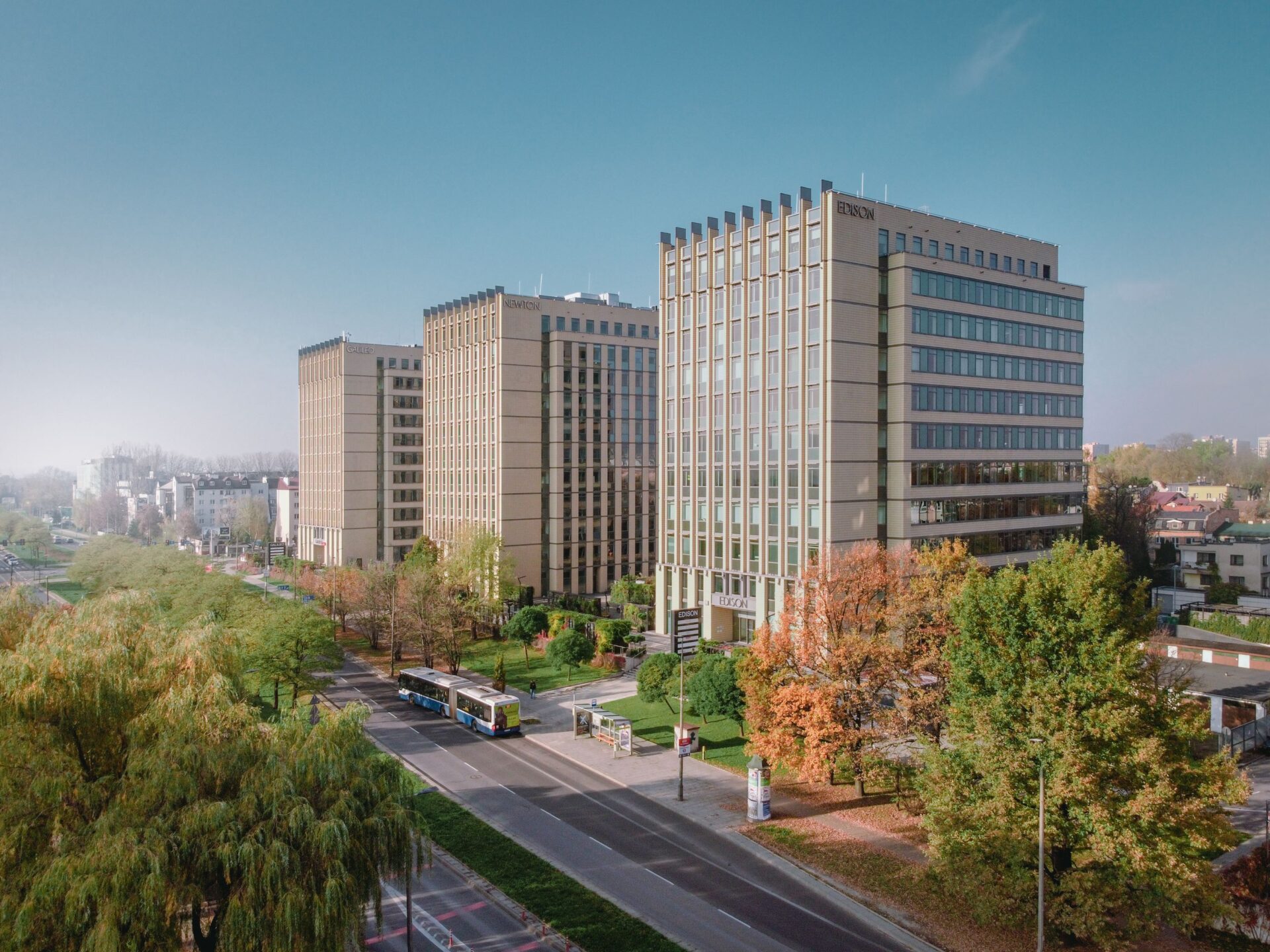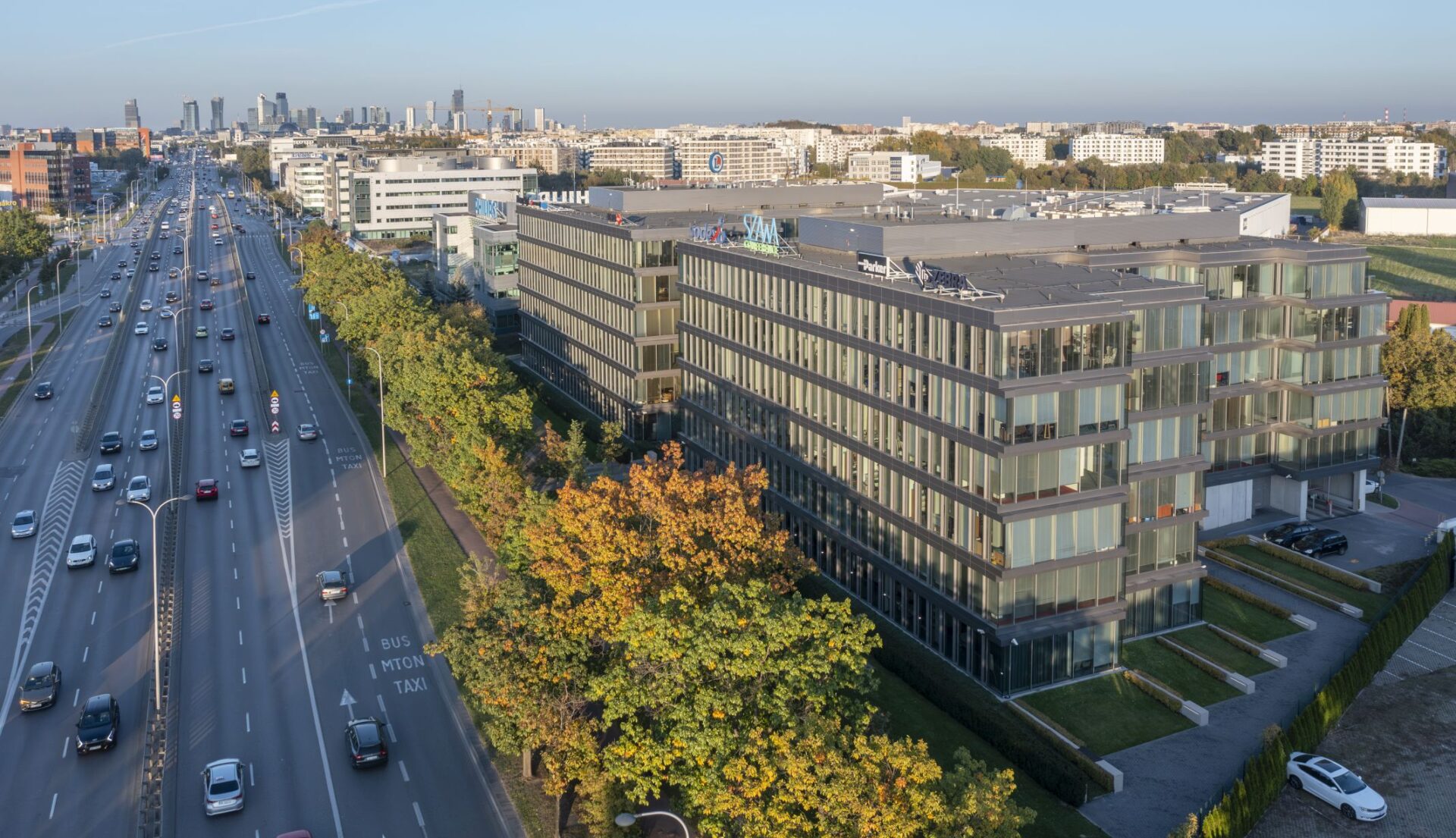Tenant activity in 2020 was 31 percent lower than in 2019, with developers being much more cautious about launching new developments than in previous years. As a result, this could lead to a supply gap in the Warsaw market, says JLL summarizing the Warsaw office market at the end of 2020.
“Due to the pandemic, companies have started to take a more conservative approach to office demand decisions, postponing them until the situation stabilises. As a result, compared to expectations at the end of 2019, demand for offices last year was 29 percent lower and the volume of new supply delivered to the market was 26 percent lower. Looking at developers’ current activity, we can expect a supply gap in the Warsaw office market, especially in non-central locations,” says Tomasz Czuba, Head of Office Leasing and Tenant Representation, JLL.
Demand – renewals and subleases
In 2020, a total of 602,000 sqm was leased in Warsaw. The most popular areas were the City Centre and Mokotów, accounting for more than two-thirds of total demand for offices.
“Last year, brought quite a reshuffling of the demand structure and an increase in the importance of lease renewals. Companies often opted for short term contract extensions and are waiting for a return to normal before making long term commitments. One of the key trends was the growing supply of space offered for sublease. Currently, there is around 130,000 sqm of such space available in Warsaw, with nearly 60 percent located in the central parts of the capital. The share of sublease space in the total stock fluctuates at around 2 percent,” adds Mateusz Polkowski, Head of Research and Consulting, JLL.
The largest lease deals of 2020 included: a record-breaking transaction on the Polish market – a pre-let for 46,500 sqm by PZU in Generation Park Y (Skanska’s first tower building in Poland), a 20,000 sqm sale and leaseback deal by DSV in Mokotów, and a renewal and expansion for 19,800 sqm by Poczta Polska in the Domaniewska Office Hub.
“When analyzing 2020, we should also pay attention to the growing popularity of the offer of flexible offices. Such a solution is specially chosen by large companies, which want to provide their employees with the convenience of working from an office during relocation or when establishing the number of staff they require. Securing the interests of employees gives corporations the opportunity to look for traditional office space with ease. This is something that is clearly visible in the statistics of flex operators, where the average occupancy in the central districts of Warsaw exceeds more than half of the available space, with some buildings having an occupancy rate of up to 80 percent by the end of the year,” comments Tomasz Czuba.
More than 300,000 of new supply
In 2020, new supply was 314,000 sqm, with the largest new developments being: The Warsaw Hub (89,000 sqm, developed by Ghelamco Poland) and Mennica Legacy Tower (47,900 sqm, developed by Golub GetHouse).
“After several years of steadily increasing developer activity, the volume of space under construction is now falling. For several years, under-construction volume in the capital ranged from between 700,000 sqm to 800,000 sqm. It currently stands at around 500,000 sqm. Developers are much more cautious about starting new construction, and only a small number have done so in the past few months,” says Tomasz Czuba.
Office investment market
Despite the pandemic and its implications, 2020 turned out to be surprisingly strong in the investment market, exceeding expectations from the onset of the crisis.
“Total turnover in the office sector was nearly EUR two billion, with Warsaw accounting for 66 percent – €1.3 billion. This result is almost 50 percent lower than 2019’s record-breaking performance but still more than 21 percent higher than the ten-year average (2009-2019),” comments Tomasz Puch, Head of Capital Markets, JLL.
As in previous years, office assets, located in Warsaw’s city centre attracted the most interest, representing 59 percent of total turnover, followed by properties in the business district of Służewiec (30 percent), an increase in this location’s share compared to previous years.
The most significant investment transactions in the Warsaw office market were the sale of the first phase of the Lixa scheme (buildings A&B), sold by Yareal to Commerz Real, an acquisition of Wola Center by Hines from Develia, the purchase of T-Mobile Office Park by AFI Europe from Starwood, and the sale of Generation Park Z by Skanska to DEKA.
“The outlook for the current year is largely dependent on the success of the vaccination programme, which would allow for a return to offices and reduce uncertainty in the market. Moreover, a gradual return to normality would accelerate the finalisation of deferred transactions, thus driving this year’s turnover. An additional driver could be the potential supply gap expected after 2022, which will reduce the already severely limited number of prime projects available on the market. This may translate into a more aggressive approach by investors when placing bids and, as a result, would mark a return to yield compression,” adds Tomasz Puch.
Vacancy rate and rents
Current market sentiment is, unsurprisingly, having an influence on the vacancy rate. In Q4 2020, it increased to 9.9 percent in Warsaw (8.5 percent in Central zones and 10.8 percent in the Non-Central zones of the city), a 2.1 pp increase on Q4 2019. These numbers are accompanied by a rise in subleasing figures. However, in the mid-term, the contracting pipeline coupled with future demand growth should contribute to the gradual absorption of available space.
Currently, the highest transaction rents for prime properties in the city centre are stable at €18 to €24/sqm/month, and outside the centre stand at €16/sqm/month.
“Considering the slowdown on the demand side, and an increase in the vacancy rate, we can expect a temporary reduction in office rental rates for both base and effective rents in the near future. This will affect virtually every class of office building, excluding those developments whose attractiveness was not significantly affected by the pandemic. We are already seeing significant pressure on rents in older buildings and developers are applying very aggressive financial policies in an attempt to secure the first tenants for their ongoing developments,” summarizes Mateusz Polkowski.







